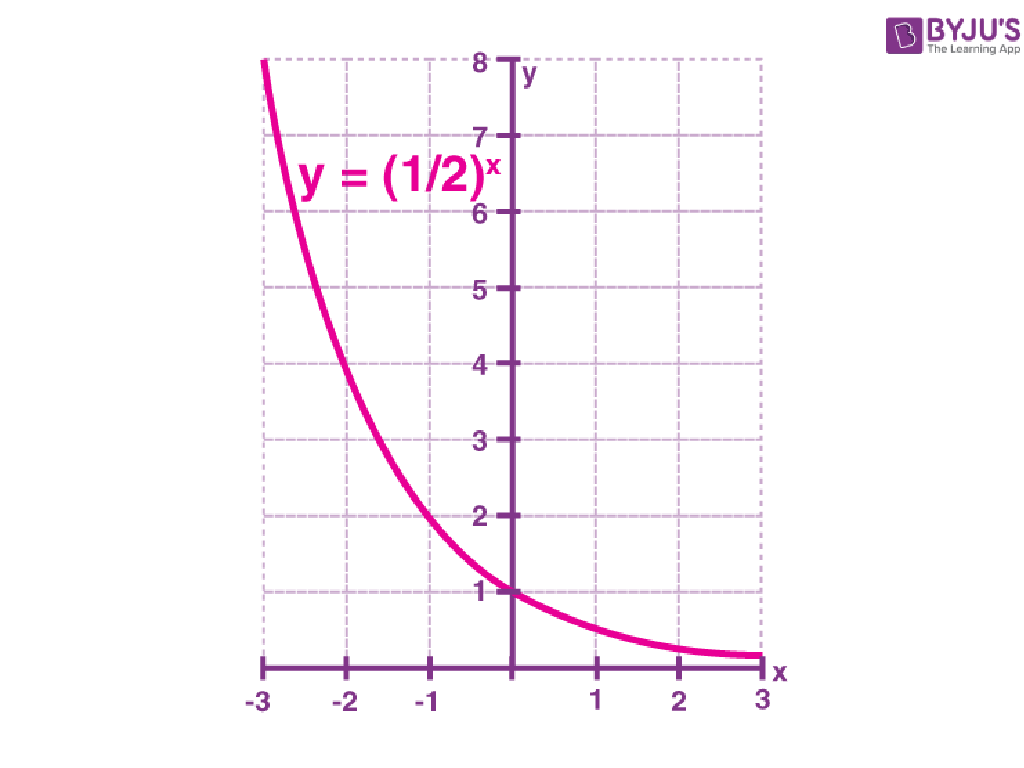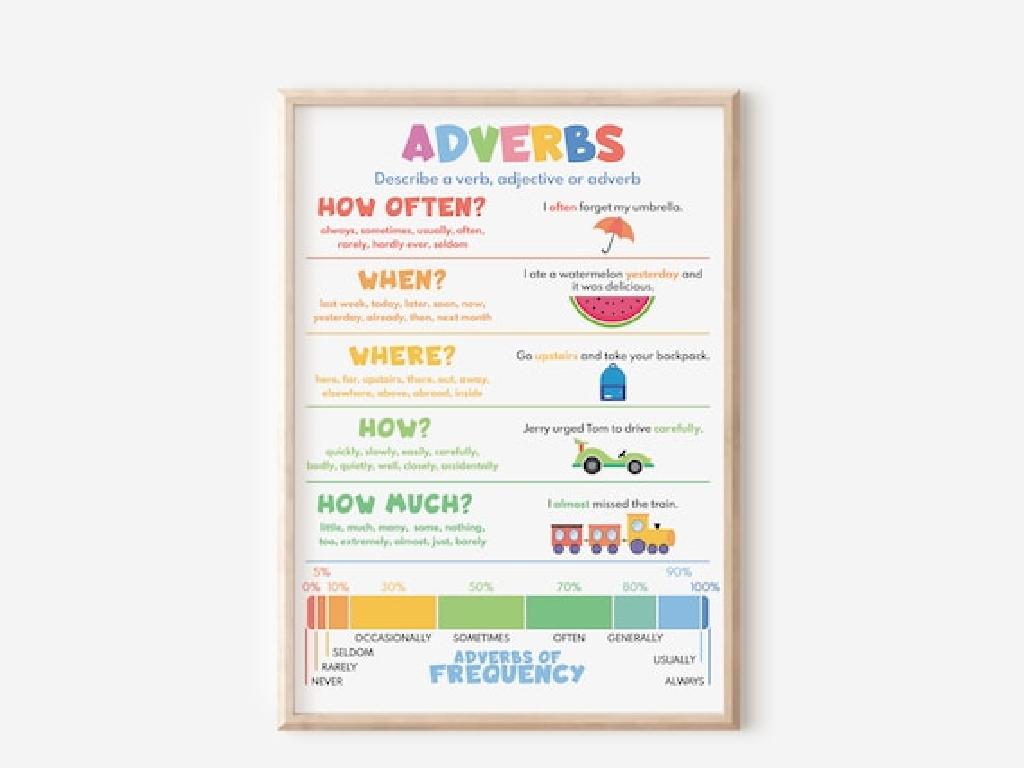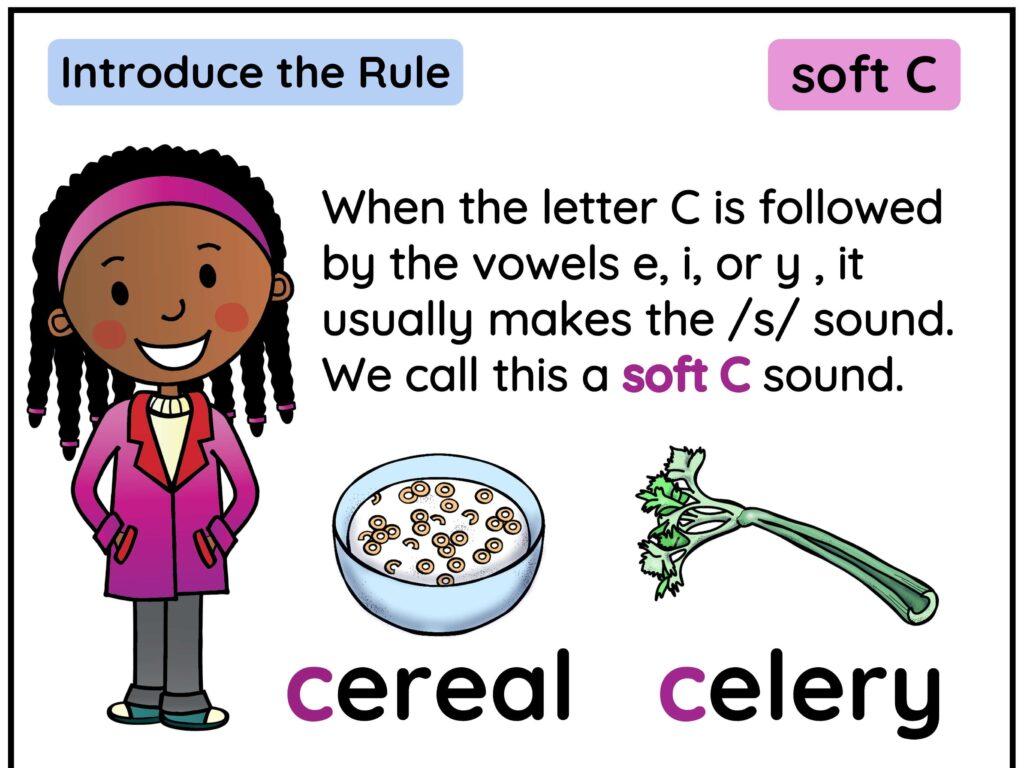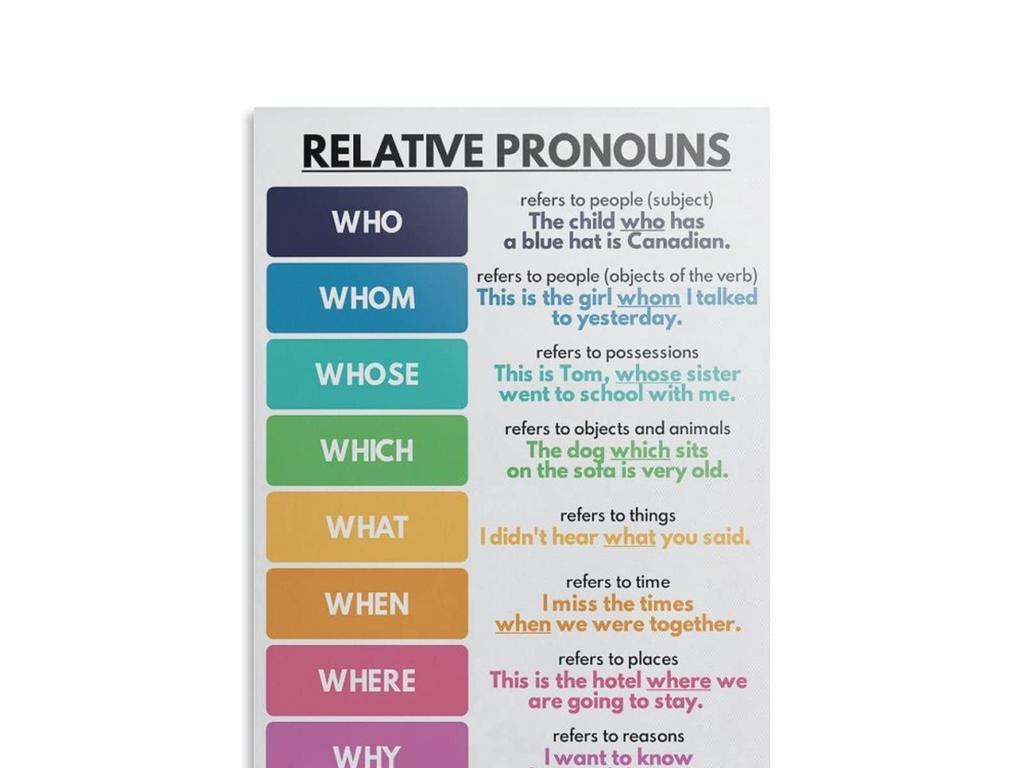Into The Unknown
Subject: Language arts
Grade: High school
Topic: Reading And Vocabulary
Please LOG IN to download the presentation. Access is available to registered users only.
View More Content
Exploring ‘Into the Unknown’
– Welcome to ELA class
– Today’s theme: ‘Into the Unknown’
– Literature’s use of the unknown
– How characters face the unknown shapes narratives
– Media’s portrayal of the unknown
– Films/TV often use the unknown to create suspense
|
Begin today’s English Language Arts class by welcoming students and introducing the theme ‘Into the Unknown’. This theme is prevalent in many forms of literature and media, where characters encounter uncharted territories or ideas. Discuss how authors and creators use the unknown to drive their narratives, develop characters, and engage the audience. In literature, this could be a journey to a new land or the challenge of a new experience. In media, the unknown is often a tool to build suspense and intrigue. Encourage students to think of examples from books they’ve read or movies they’ve seen where the unknown plays a central role. This will set the stage for deeper analysis and discussion in subsequent activities.
Exploring the Unknown: Meanings & Emotions
– ‘Unknown’ in various contexts
– Can mean undiscovered places or unsolved mysteries.
– Emotions tied to the unknown
– It can evoke a mix of thrill and anxiety.
– ‘Unknown’ in literature and film
– Examples: ‘Odyssey’ by Homer, ‘Interstellar’ movie.
– Reflect on personal ‘unknowns’
|
This slide delves into the concept of the ‘unknown’ and how it is perceived in different scenarios. The term can refer to unexplored territories, future events, or anything that is not yet understood. It’s important to discuss the dual nature of emotions associated with the unknown both the exhilaration of discovery and the trepidation of uncertainty. Use examples from classic literature like ‘The Odyssey,’ where Odysseus encounters unknown lands and creatures, and from modern films like ‘Interstellar,’ which explores the mysteries of space. Encourage students to think about their own experiences with the unknown and how it has affected them. This will help personalize the concept and enhance their engagement with the material.
Vocabulary Building: Into the Unknown
– Learn ‘Into the Unknown’ themed words
– Words like ‘unchartered’, ‘exploration’, ‘frontier’
– Derive meanings from context
– Use surrounding text to infer meanings
– Practice with new vocabulary
– Create sentences using the new words
– Enhance word usage skills
|
This slide aims to expand students’ vocabulary with words that are associated with the theme ‘Into the Unknown’. Encourage students to look beyond the dictionary definitions and use context clues from the reading material to understand the nuances of each new word. Provide examples of how context can alter the meaning of words. Instruct students to practice by writing sentences that incorporate their new vocabulary, which will help solidify their understanding and improve their ability to use these words effectively in their writing and discussions. This exercise will enhance their reading comprehension and analytical skills, which are crucial for their overall language proficiency.
Exploring ‘Into the Unknown’ in Literature
– Read a themed story excerpt
– Analyze characters’ reactions
– How do characters show fear, curiosity, or bravery?
– Discuss author’s conveyance techniques
– Look at imagery, foreshadowing, and character dialogue
– Reflect on the theme’s impact
– How does the theme relate to real-life experiences?
|
This slide aims to delve into the theme ‘Into the Unknown’ through a selected story excerpt. Students will read and identify characters’ various reactions to facing unknown situations, which can range from fear to excitement. The discussion will focus on the author’s literary techniques, such as the use of descriptive imagery, foreshadowing events, and revealing dialogue, to effectively convey the theme. Encourage students to think critically about how the theme of venturing into the unknown is portrayed and its relevance to their own lives. This will not only enhance their reading comprehension but also their ability to empathize with the characters and understand the author’s message.
Character Analysis: Venturing Into the Unknown
– Protagonist’s journey analysis
– Explore how the protagonist confronts unfamiliar situations and challenges.
– Impact of the unknown on character
– How do new experiences and environments contribute to the character’s growth?
– Comparing characters’ responses
– Look at how various characters react differently to similar unknown elements.
– Contrast in handling the unknown
– Discuss the differing attitudes and outcomes when characters face the unknown.
|
This slide delves into the protagonist’s journey into the unknown and its profound impact on their development. Students should analyze how the character’s encounters with unfamiliar situations lead to personal growth and change. Encourage them to consider the role of the unknown as a catalyst for development. Additionally, students should compare and contrast the reactions of different characters to the unknown, discussing how these responses reflect their personalities and values. This comparison will help students understand the diverse ways individuals can confront and adapt to new challenges. Use examples from literature where characters face the unknown, such as ‘The Odyssey’ or ‘Into the Wild’, to provide a concrete basis for discussion.
Creative Writing: Journey Into the Unknown
– Imagine an ‘Into the Unknown’ scenario
– Sketch your main character
– Describe their traits, motivations, and background
– Outline the character’s journey
– Map out key events and challenges they’ll face
– Incorporate new vocabulary
– Use at least 5 new words to enhance your story
|
This slide prompts students to engage in creative writing by envisioning a scenario that takes their characters into uncharted territory. Students should think creatively and come up with a unique setting or situation that represents ‘the unknown’. They are to create a detailed character sketch, including the character’s physical appearance, personality, and motivations. The journey should be outlined with a clear beginning, middle, and end, including the obstacles the character will overcome. Students are encouraged to use new vocabulary words learned in class to enrich their stories, demonstrating their understanding of these words in context. This activity will help students practice narrative structure and character development while also expanding their vocabulary.
Group Discussion: Facing the Unknown
– Form small discussion groups
– Discuss personal ‘unknown’ experiences
– Think of a time when you were unsure about an outcome or a new situation
– Share feelings and lessons learned
– Focus on emotions and insights gained from the experience
– Present a group summary
|
This class activity is designed to engage students in a group discussion about personal experiences with the unknown, which ties into the broader theme of the lesson. By breaking into small groups, students can create a more intimate setting to share and reflect on times they’ve faced uncertainty. Encourage them to discuss the emotions they felt during these moments and the knowledge or wisdom they gained as a result. After the discussion, each group will summarize their key points and present them to the class. This activity will help students develop their communication skills, foster empathy, and provide a platform for peer learning. As a teacher, facilitate the discussions by providing prompts or guiding questions if needed and ensure that each student has an opportunity to contribute.
Wrapping Up: Into the Unknown
– Recap today’s ‘Into the Unknown’ lesson
– Homework: Craft a short story
– Create a narrative exploring uncharted territory or experiences
– Incorporate five new vocab words
– Use words that enhance the story and reflect today’s lesson
– Embrace the theme ‘Into the Unknown’
– The theme should be central to the plot and character development
|
As we conclude today’s lesson on ‘Into the Unknown’, students should reflect on the key points discussed and how these can be applied in their own writing. For homework, they are tasked with writing a short story that captures the essence of venturing into uncharted territories or experiences, which will help them internalize the theme. They must also demonstrate their understanding of the new vocabulary by incorporating at least five words from today’s lesson into their narrative. This exercise will not only reinforce their vocabulary but also encourage creative thinking and application of literary concepts. In the next class, we can have a few students share their stories to foster a collaborative learning environment.






